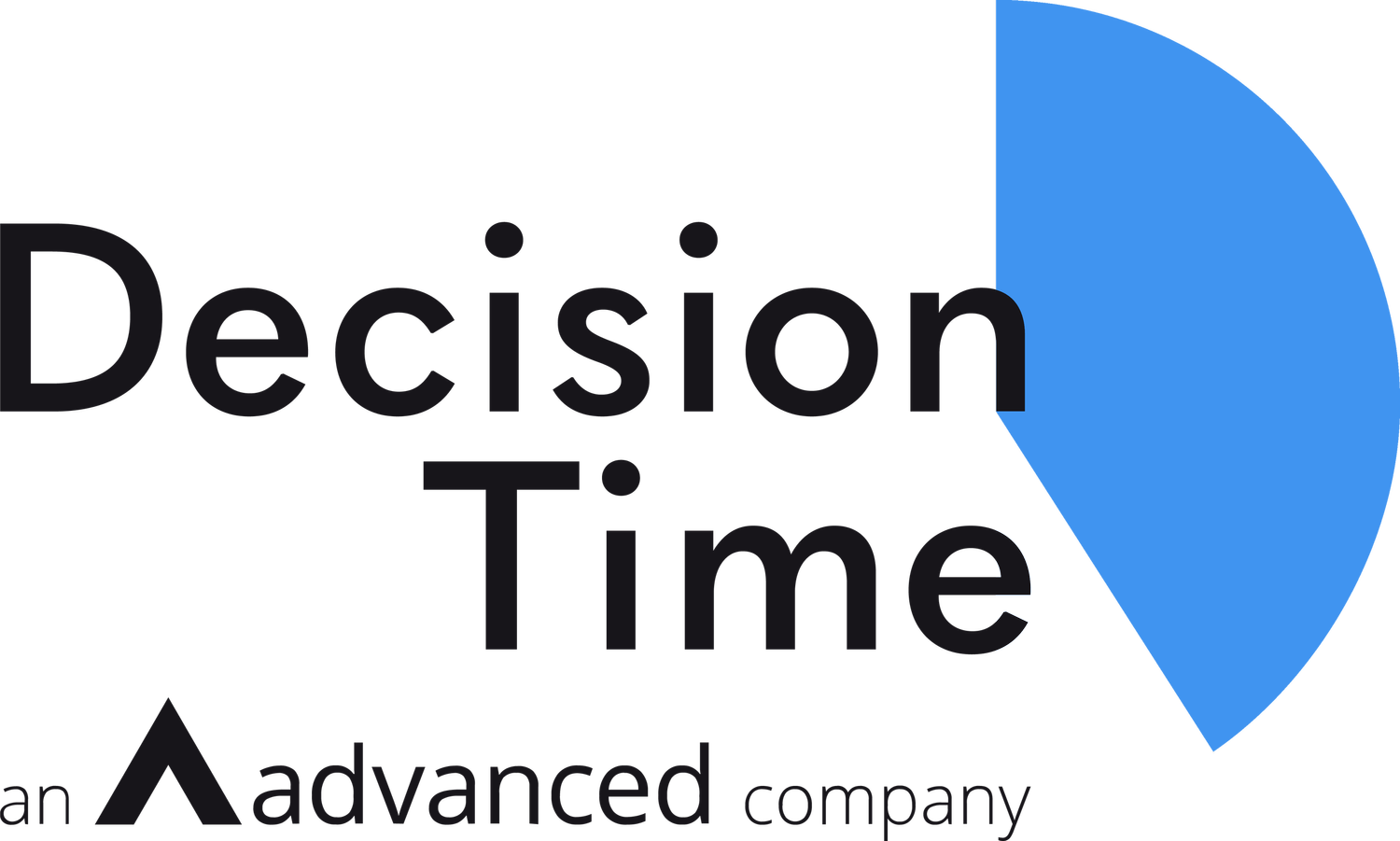Flexible risk management: balancing risk and opportunity
Effective risk management is crucial in governance, but too often, the focus is on minimising risk at all costs. This approach can limit opportunities and stifle innovation, leading to missed chances for growth and progress. A more flexible approach to risk management is needed - one that balances risk and opportunity, allowing organisations to pursue their goals while effectively managing risk.
Flexibility in risk management involves a shift in mindset from one of risk avoidance to one of risk optimisation. Organisations would do well to recognise that risk is an inherent part of any endeavour, and that it cannot be completely eliminated. Instead, business leaders should seek to manage risk in a way that minimises negative outcomes while maximising positive ones.
The risk portfolio
One way to achieve this balance is through a "risk portfolio" approach. This involves categorising risks into different types based on their likelihood and potential impact, then developing strategies for each type. For example, some risks may be deemed as appropriate for montioring, while others may require more proactive mitigation efforts. By taking a portfolio-based approach to risk, organisations can prioritise their efforts and allocate resources more effectively.
Adapting your risk management
Another key aspect of flexible risk management is adaptability. In today's fast-paced business environment, risks can emerge and evolve quickly, making it essential to have a risk management strategy that can keep pace. This means continually monitoring and assessing risks, as well as being ready to adjust strategies as needed. Organisations need to be agile and responsive, so they are able to pivot quickly if circumstances change.
To achieve this level of flexibility, organisations must have a strong risk management framework in place. This framework should include clear policies and procedures for identifying, assessing, and mitigating risks, as well as regular reporting and monitoring mechanisms.
Flexible risk with Decision Time
Although risk impacts the entire business operation, one area where flexible risk management can have a significant impact is in governance. Effective governance requires a balance between risk management and opportunity, ensuring that organisations can pursue their goals while maintaining compliance and avoiding legal or reputational damages. By adopting a flexible approach to risk management, organisations can achieve this balance, enabling them to innovate and grow, while minimising negative outcomes.
Risk management is made easy with Decision Time, an Advanced Company, as a unified platform that brings together the idea of joined up governance. Decision Time empowers organisations to practise good governance with an all-in-one cloud software for managing meetings, risks, objectives, and compliance. More importantly, it allows governance to become a vital and strategic tool, not a chore.
The user-friendly platform provides users with visual dashboards to give internal users a clear view of risks, objectives, actions and results from the highest level down to specific departments and teams. Decision Time offers a unique, all-in-one solution that makes governance a vital tool, not a chore.
Creating a safe space for risk
Flexible risk management requires a culture of openness and transparency. Employees at all levels should feel comfortable reporting potential risks and offering ideas for diminishing them. This requires a clear understanding of the role that risk management plays within an organisation. Adopting a platform like Decision Time enables unconscious compliance internally, as risk management is built into every layer of the solution. This means that organisations can have peace of mind in their day to day activity, whilst also improving the way that they drive overall success in their businesses.
Flexible risk management in governance is essential for balancing risk and opportunity. Organisations that prioritise modernising their approach to risk management through utilisation of technology now available, will be better equipped to navigate today's complex business environment. By improving risk management within the organisation, they can start to really foster a culture of openness and transparency internally. This means organisations can also tap into the collective insights of their employees, enhancing their ability to manage risk effectively and to continue seizing new opportunities.
To find out more about joined up governance and effective risk management please get in touch with us via- Contact Decision Time — Decision Time | Board Meeting & Risk Management Software.
